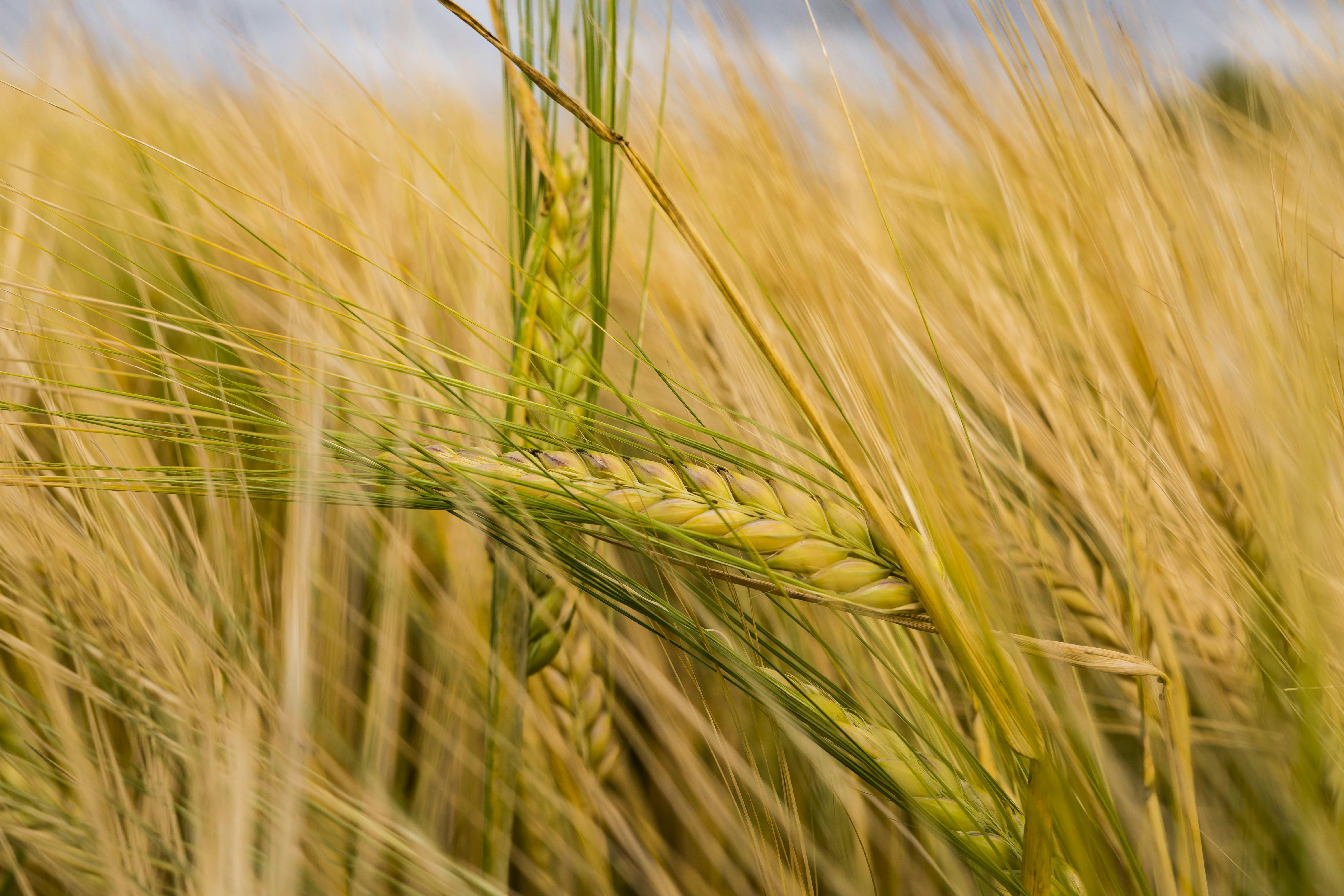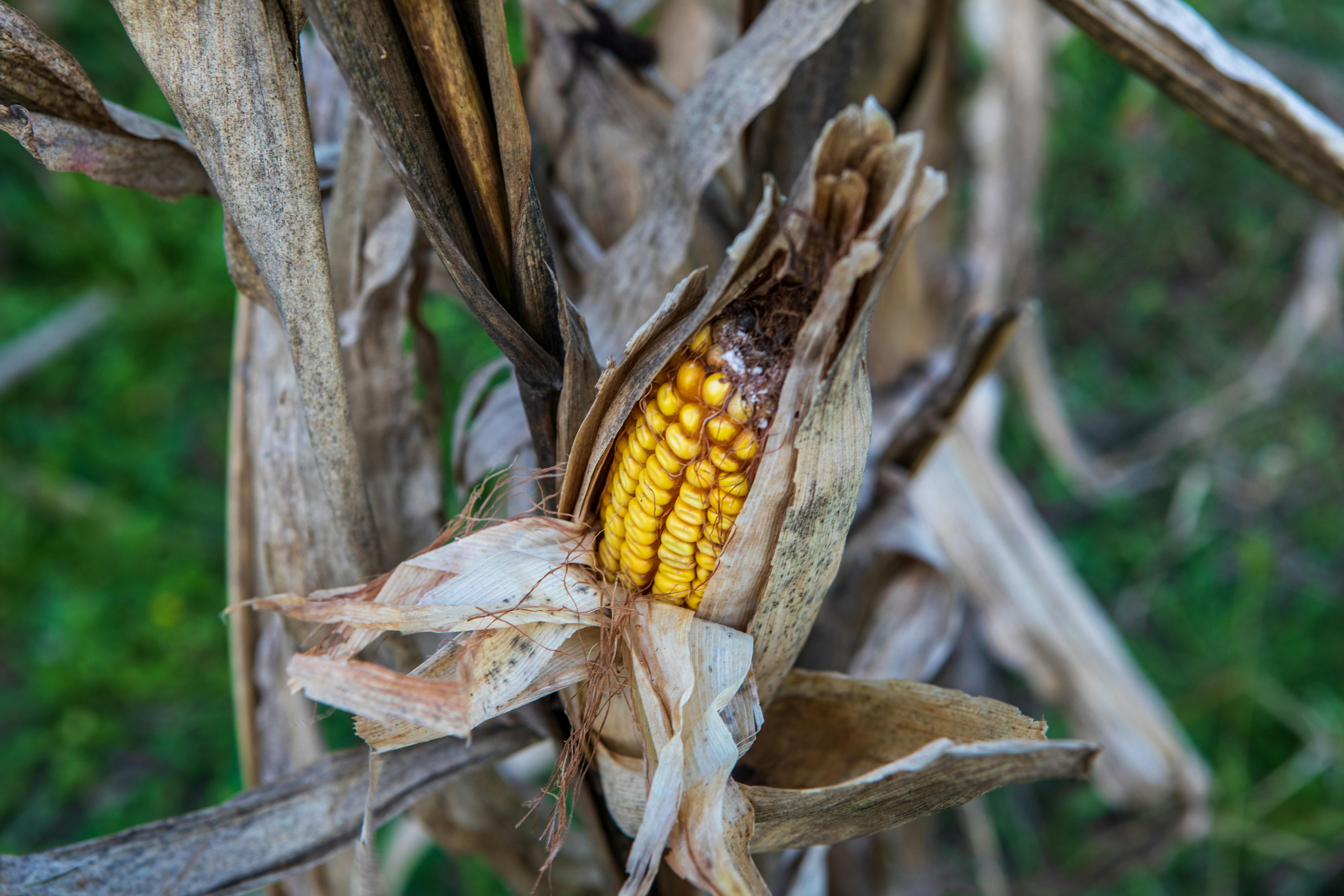Repotting a corn plant (Dracaena fragrans) is an important part of keeping this popular houseplant healthy. When done correctly, repotting can help to improve the soil quality, prevent root rot, and provide your corn plant with enough space to grow. This article will provide you with step-by-step instructions on how to properly repot a corn plant.To repot a corn plant, you will need the following items: a new pot with drainage holes, potting soil, a trowel or scoop for planting, and a pair of gloves. If desired, you can also use a potting tray or saucer to catch any excess water when watering. Additionally, you may want to have scissors or pruners on-hand for trimming the leaves of the plant.
Preparing the Plant for Repotting
When it comes to repotting your houseplant, proper preparation is key. To ensure a successful repotting experience, start by selecting a pot that is slightly larger than the current one. Make sure to select a container with drainage holes to help prevent overwatering. You will also need some fresh potting soil, and you may want to consider using a potting mix specially designed for the type of plant you are repotting.
After selecting the new pot and soil, use your hands or a trowel to gently remove the plant from its current pot. Carefully loosen any roots that have grown around the edges of the soil. If you notice any dead or damaged roots, cut them away with sterilized scissors or pruners before repotting. You may also want to lightly trim back some of the top growth if needed.
Finally, add enough fresh soil into the new pot so that when placed in there, the plant will sit at its previous depth in its old container. Gently position your plant in its new home and fill up any empty spaces with more soil. Give your newly planted houseplant a good drink of water and it should be good to go!
Choosing the Right Pot for Your Corn Plant
Choosing the right pot for your corn plant is essential to ensure its health and growth. When selecting a pot, it is important to consider the size, type of material, drainage and location of the pot. Depending on the variety of corn plant you have, there are different sizes and materials to choose from.
Size is an important factor when selecting a pot for your corn plant. Generally speaking, larger pots will provide more room for roots to grow and absorb nutrients. However, if you are growing a small variety of corn plant, a smaller pot may be more ideal. Additionally, if you are growing a larger variety of corn plant in a smaller pot, be sure to check that there is enough space in between the wall of the pot and the root ball as this can cause stunted growth over time.
The type of material used in your pot also affects how well your corn plant will grow. Generally speaking, ceramic or terracotta pots are good choices as they allow air circulation around the roots which can help keep them healthy. It’s also important to make sure that any plastic or metal pots you use have adequate drainage holes at the bottom so that water doesn’t accumulate at the base causing root rot over time.
Drainage is another important factor when choosing a pot for your corn plant. If you’re using terracotta or ceramic pots, be sure to place a layer of pebbles or gravel at the bottom before adding soil as this will help with drainage and prevent water from accumulating at the base of your pot. Additionally, it’s important to make sure that all plastic or metal pots used have adequate drainage holes so excess water can escape from them easily.
Lastly, when selecting a location for your corn plant’s pot it’s important to consider how much light exposure it will receive each day. Corn plants prefer bright indirect light but can tolerate some direct sunlight as well. Make sure that wherever you place your pot has enough light exposure each day but also avoid placing it too close to hot windows or in direct sunlight as this could cause sunburn on its leaves over time.
In conclusion, when selecting a pot for your corn plant it’s important to consider size, type of material used in its construction, drainage and location in order to ensure optimal health and growth over time. With these tips in mind you’ll be able to find just the right spot for your beloved houseplant companion!
Preparing the Pot with Soil
When it comes to planting your favorite flowers or vegetables in a pot, the first step is to prepare the soil. This is an important part of making sure that your plants have all the nutrients they need to grow and thrive. To get started, you will need to choose a pot that is the right size for your plants. Make sure it has drainage holes in the bottom so that excess water can escape. Next, you will need to fill the pot with soil. For most plants, a good quality potting mix works well. This type of soil is specifically formulated for potted plants and contains important nutrients that will help your plants grow healthy and strong. Once you have filled your pot with soil, you can add some fertilizer if desired. This will give your plants an extra boost of nutrients and help them thrive even more!
Before planting, make sure to mix in some compost or other organic material into the soil as well. This will help improve its water-holding capacity and provide additional nutrition for your plants. Finally, make sure to water the soil before adding any seeds or seedlings. This will ensure that it is evenly moist and ready for planting!
Moving the Corn Plant into Its New Pot
Moving a corn plant into its new pot can be quite simple if done correctly. The first step is to prepare the new pot with soil. Fill the pot with a good quality, well-draining soil and mix in some compost or fertilizer for additional nutrients. Once the pot is prepared, remove the corn plant from its current pot. Gently loosen the roots and inspect them for any signs of damage or disease. Trim off any damaged roots and discard them. Place the plant in the new pot and fill around it with soil, pressing gently to ensure that it is firmly in place. Water thoroughly to help settle the soil around the roots.
The next step is to fertilize your corn plant regularly to ensure that it receives enough nutrients for proper growth. Choose a fertilizer that is specifically formulated for corn plants and follow the instructions on the package for application. Be sure not to over-fertilize, as this can cause damage to your plant. Moving your corn plant into its new pot should be done carefully but with minimal effort, resulting in a happy and healthy plant!

Finishing the Repotting Process
Once you’ve carefully removed your plant from its old pot, it’s time to finish the repotting process. First, make sure that there is adequate drainage by laying a layer of gravel in the bottom of your new pot. This will prevent roots from becoming waterlogged and dying off. Then, place some potting soil in the pot and press it down firmly. Place your plant in the center of the pot and fill in any gaps with more soil, pressing down gently as you go. When you’re done, give the plant a good watering and top off with mulch to keep moisture in. Finally, move your newly potted plant into its chosen spot and enjoy!
It’s important to remember that plants need time to adjust to their new environment after being repotted, so don’t be alarmed if they don’t immediately start thriving. Give them some time to adjust and they should start growing happily again soon enough!
Watering Your Corn Plant After Repotting
When it comes to watering your corn plant after repotting, it is important to be mindful of the amount and frequency. Too much water can lead to root rot and too little water can cause wilting. The best way to determine how much water your plant needs is to feel the soil. If the soil feels dry, then it is time to water your plant. If the soil feels moist, then you can wait a few days before watering again.
It is also important to note that corn plants prefer having their roots slightly damp rather than soaked in water. To ensure this, make sure you are using a pot with a drainage hole and that there is a layer of rocks or pebbles at the bottom of the pot so that excess water can easily drain out. Additionally, try not to overwater your corn plant as this can cause root rot and other diseases that could lead to death.
Finally, when it comes to fertilizing your corn plant after repotting, it is best practice to wait until about four weeks after you have repotted your plant before adding any fertilizer. This will give the roots time to adjust and get used to their new environment before being exposed to any additional nutrients. It is also important to only use fertilizer specifically formulated for houseplants as these are less likely to contain too many nutrients which could damage your corn plant’s roots over time.
Troubleshooting Common Issues After Repotting a Corn Plant
Repotting a corn plant (Dracaena fragrans) can be a rewarding experience, but it can also bring some common issues that need to be addressed. If you are having trouble with your corn plant after repotting, here are some tips for troubleshooting the most common issues.
The first thing to check is the soil. Make sure that the soil is well-draining and that it contains enough organic matter. If the soil is too dense or compacted, it can cause root rot and other issues with the corn plant. You may need to add additional organic matter or repot into a lighter potting mix.
Next, make sure that you are providing adequate light for your corn plant. If it is not getting enough light, then it will not be able to photosynthesize properly and may become weak or even die. Try placing your corn plant in an area of your home where it will get at least six hours of direct sunlight each day.
Finally, check the water levels in your corn plant’s potting mix. It should only be watered when the top inch or two of soil feels dry to the touch. Overwatering can cause root rot and other nutrient deficiencies in your corn plant, so make sure you don’t water too often.
By following these tips, you should be able to troubleshoot any common issues with your corn plant after repotting. With proper care and maintenance, you can keep your corn plant healthy and thriving for years to come!

Conclusion
Repotting a corn plant is an easy and straightforward process. All you need to do is remove it from its current pot, trim the roots, and replant it in a new pot with fresh soil. Make sure to water your corn plant frequently, but don’t overwater as this can cause root rot. When repotting your corn plant, make sure to use a pot that’s slightly larger than the previous one so that it has enough room to grow. If done correctly, repotting your corn plant can help it thrive for many years to come.
With proper care and attention, you can keep your corn plant healthy and happy for many years. The key is to know when and how to repot your corn plant properly so that it continues to grow successfully. Repotting a corn plant requires patience and knowledge, but with the right tools and instructions, you will be able to successfully repot your corn plant in no time!

